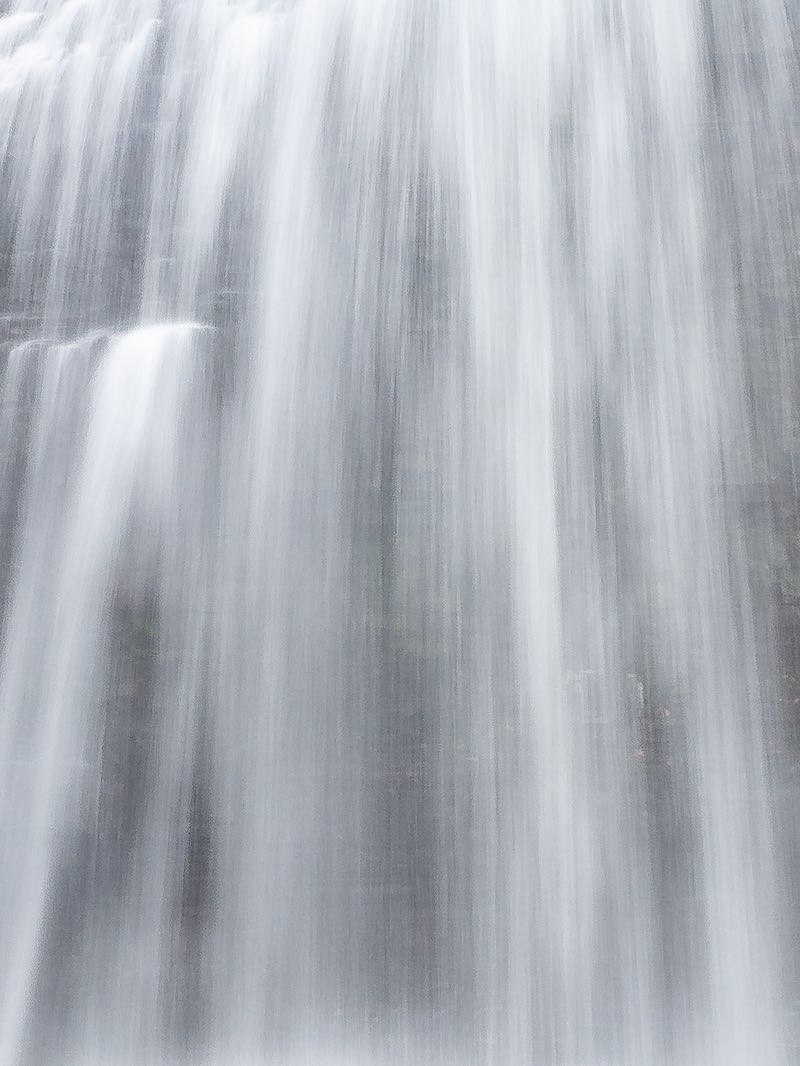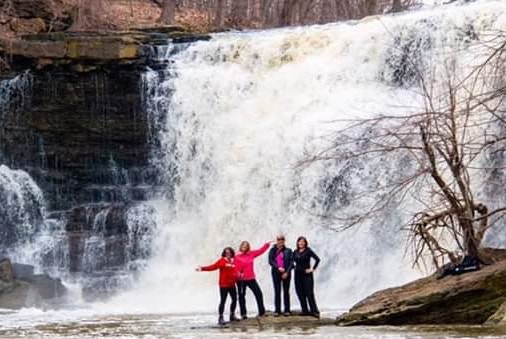






Barrier Cascades occur where a river crosses an isolated or abrupt rocky ridge. They are usually preceded and followed by pools or deeper water in the river.
These waterfalls are much more compact than Slope Cascades, and usually don't get as large. They aren't as common as Slope Cascades, and are only found in the Canadian Shield.
They generally form because one specific rock formation is more resistant to erosion than those surrounding it.

I generally look for the presence of a pool or flatwater section above and below the falls. Even here, these falls blend into Slope Cascades. Sometimes, the barrier is also a slope on a smaller hill.
These waterfalls also blend into Rock Rapids. But rapids are usually stretched out over a longer reach of the river, and do not appear so abruptly.
Some Step Waterfalls look like Barrier Cascades. But Step Waterfalls occur on layered sedimentary rock, where there is visible "step". Barrier cascades occur on more irregularly shaped and fractured crystalline rock in the north.



Join our Facebook community to share tips, photos and updates. Operating since 2011, this well-moderated, respectful, and informative group is the hub of Ontario's waterfalling community. (Photo by Martin Van Opstal)
